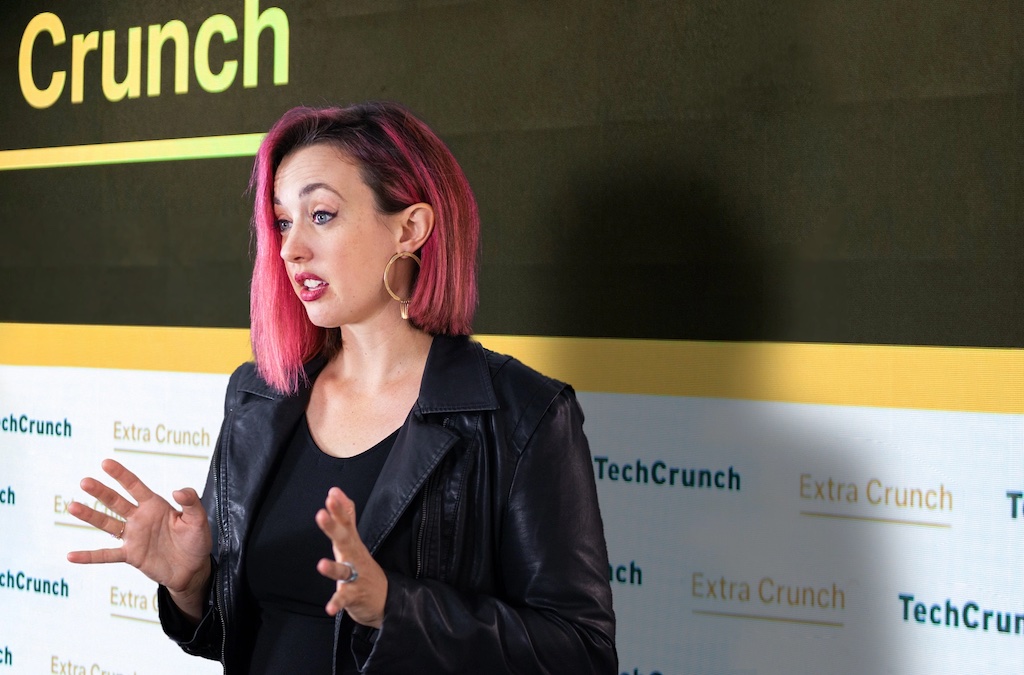Here’s another edition of “Dear Sophie,” the advice column that answers immigration-related questions about working at technology companies.
“Your questions are vital to the spread of knowledge that allows people all over the world to rise above borders and pursue their dreams,” says Sophie Alcorn, a Silicon Valley immigration attorney. “Whether you’re in people ops, a founder or seeking a job in Silicon Valley, I would love to answer your questions in my next column.”
TechCrunch+ members receive access to weekly “Dear Sophie” columns; use promo code ALCORN to purchase a one- or two-year subscription for 50% off.
Dear Sophie,
I’m in India. I’m interested in applying to American universities next year to study computer science and artificial intelligence, and eventually work in the U.S. Can you please explain both the visa process for students and for professionals who want to work in the U.S. after graduating? Is there anything I can do to plan ahead?
— Spirited Student
Dear Spirited,
Thanks for reaching out to me with your questions! I commend you for thinking ahead! Before I dive into your questions, let me first give you a little context about student visas.
Student visas
There are three main types of visas for students:
- The F-1 student visa is for full-time students enrolled at an American college or university or an English language program in the U.S. The program must lead to a degree or diploma and be approved by the Student and Exchange Visitors Program (SEVP) of the U.S. Immigration and Customs Enforcement (ICE).
- The J-1 educational and cultural exchange visa is available to full-time college or university students who need practical training that is not available in their home country to complete their academic program.
- The M-1 student visa is for students who are attending a technical, vocational or non-academic school.

Image Credits: Joanna Buniak / Sophie Alcorn (opens in a new window)
Based on your plans, you will probably be eligible for an F-1 visa as long as the university is approved by SEVP. Reference this list of SEVP-certified schools, or you can search for a school on the U.S. Department of Homeland Security’s school search map.
The F-1 visa allows for part-time on-campus employment (less than 20 hours per week) or up to one year of OPT. Under OPT, you can work part time while you’re getting your degree, and once you’ve graduated, you can work full time. Most students choose to complete their degree and then work full time for one year under OPT. Students who graduate with a STEM degree, such as computer science, are eligible to continue working for another two years under STEM OPT.















 English (US) ·
English (US) ·